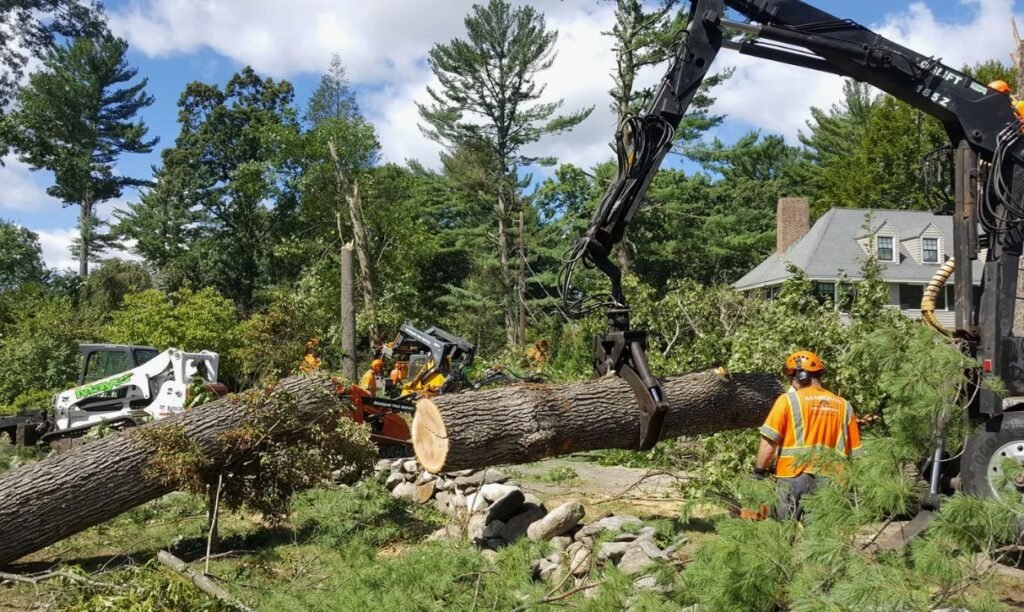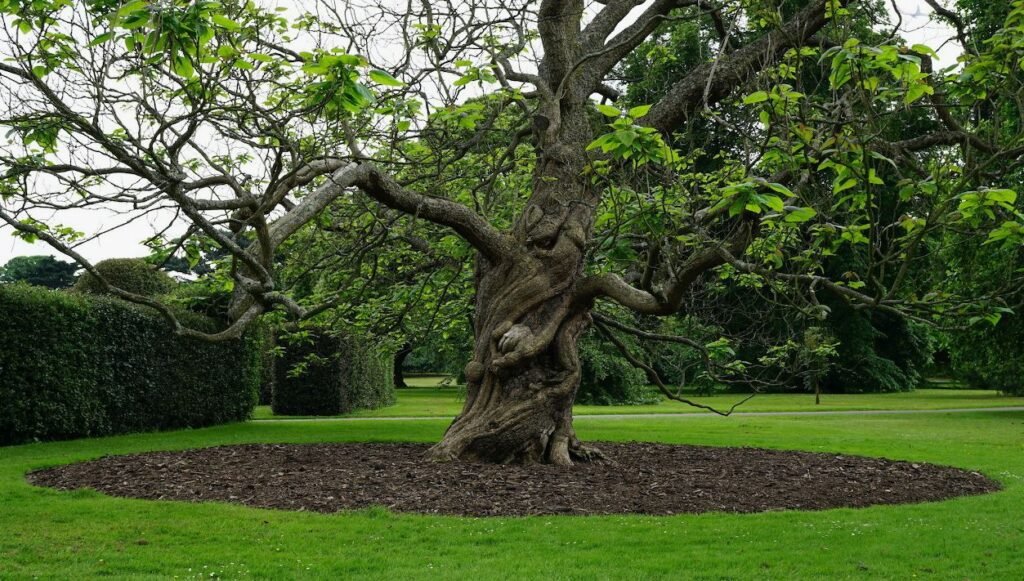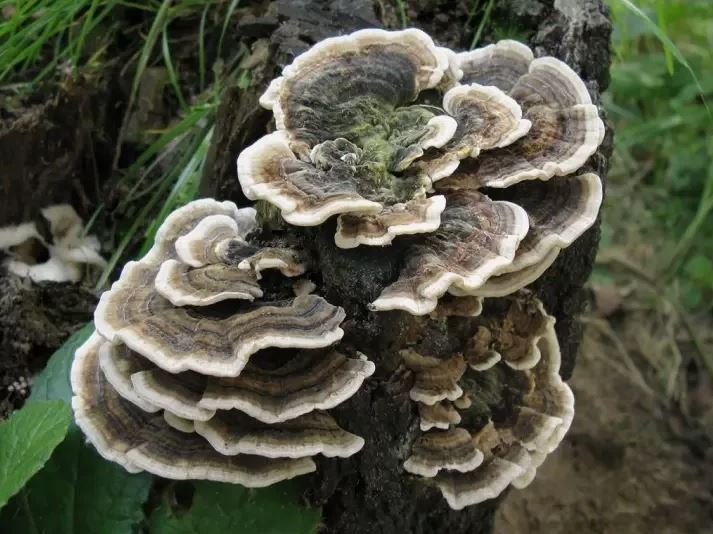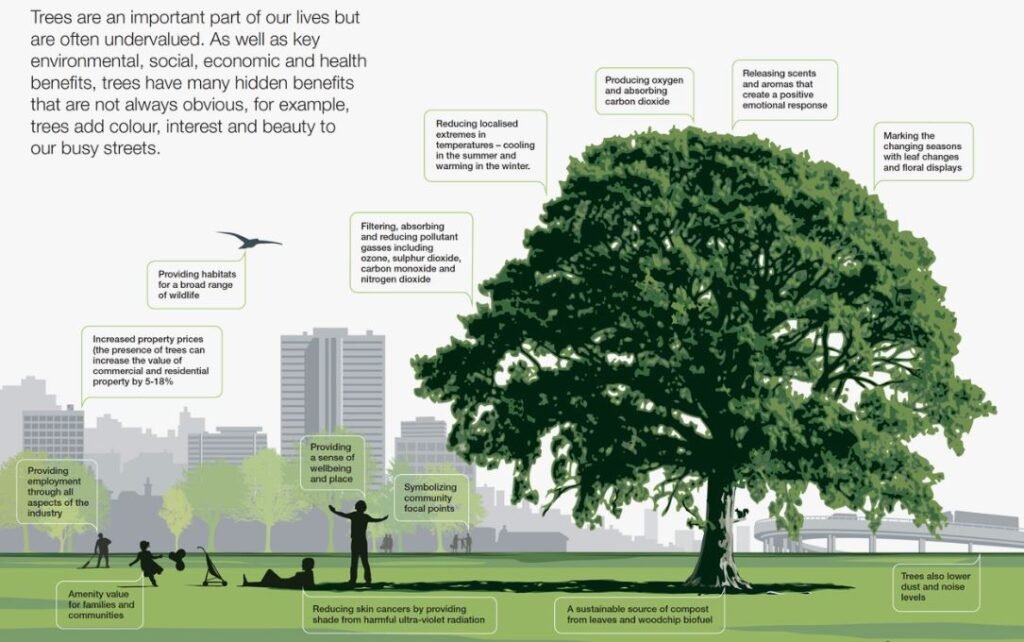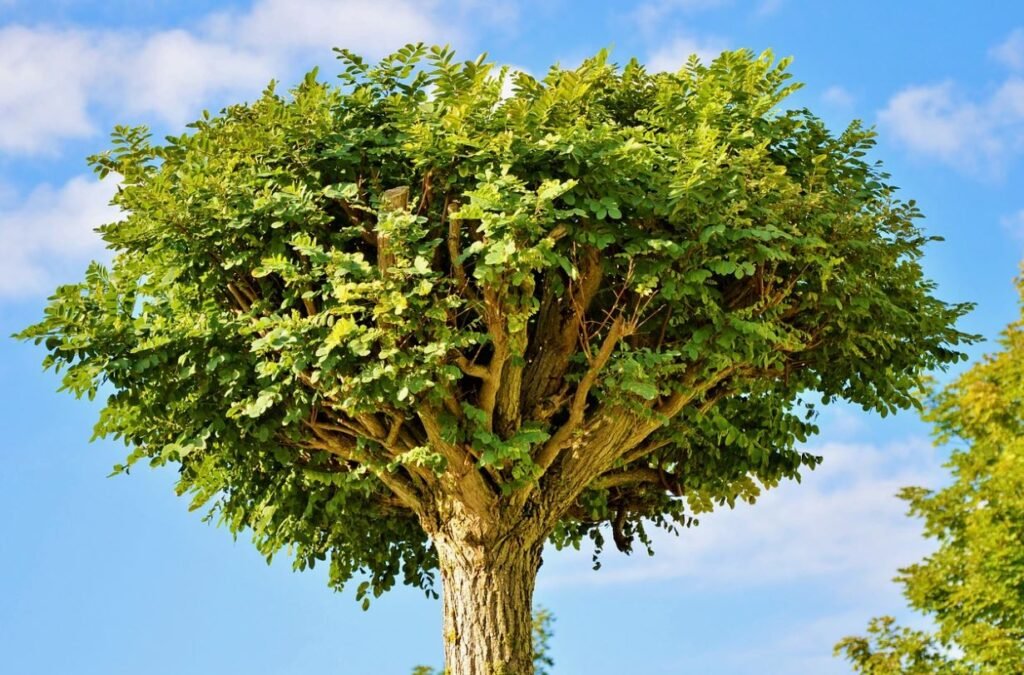Drought affecting trees is a growing concern as climate change continues to affect weather patterns worldwide. Trees, like all living organisms, depend on water for their survival. When faced with prolonged periods of drought, trees can experience significant stress, leading to a range of negative effects. Understanding how drought impacts trees is essential for homeowners, landscapers, and arborists who want to ensure the health and longevity of these vital plants.
In this blog, we’ll explore the various ways drought affects trees, the signs to watch for, and when to consider calling an arborist to save or care for your trees.
1. How Does Drought Affect Tree Growth and Vitality?
One of the most immediate impacts of drought affecting trees is reduced growth and vitality. Trees require consistent moisture to carry out basic physiological processes like photosynthesis, nutrient uptake, and root development. During a drought, these processes are severely hampered, which can cause the tree’s growth to slow or even stop altogether.
- Water stress: When trees don’t receive adequate water, they enter a state of water stress, leading to reduced leaf size, wilting, and in some cases, premature leaf drop.
- Nutrient deficiency: Water is essential for transporting nutrients from the soil to the tree. Without sufficient moisture, trees may develop nutrient deficiencies, resulting in weak and stunted growth.
- Branch dieback: In prolonged droughts, trees may sacrifice parts of their structure to conserve resources. This often results in the dieback of smaller branches and can lead to a loss of overall canopy coverage.
For homeowners, the signs of drought-induced stress are often subtle at first but can escalate if the drought continues. Early intervention is key to preventing long-term damage.
2. Drought Stress Symptoms: What to Look For in Your Trees
Identifying the early symptoms of drought affecting trees is crucial for minimizing damage. While some effects are visible, such as changes in leaf color or size, other symptoms may be more challenging to detect.
- Leaf discoloration: Leaves may turn yellow, brown, or exhibit scorch marks along the edges.
- Wilting and curling: Even before leaves drop, they may begin to wilt or curl inward as the tree struggles to retain moisture.
- Early leaf drop: Trees may shed their leaves prematurely to reduce water loss through transpiration.
- Cracks in the bark: As trees dry out, their bark may crack, making them more susceptible to pests and diseases.
- Thinning canopies: A thinning or sparse canopy is a sign that the tree is shedding non-essential branches to conserve water.
While these symptoms vary depending on the species and age of the tree, any significant change in a tree’s appearance should be monitored closely. If left untreated, prolonged drought can cause irreparable damage.
3. Long-Term Effects of Drought on Trees and Their Ecosystem
The long-term consequences of drought affecting trees go beyond immediate symptoms like leaf drop or slower growth. If a tree remains under drought stress for an extended period, it can suffer lasting harm to its root system and overall health.
- Root damage: Drought causes roots to shrink and die back, limiting the tree’s ability to absorb water when it finally becomes available. This damage may not be visible above ground but can severely compromise the tree’s stability.
- Increased susceptibility to pests and diseases: Weakened by drought, trees become prime targets for pests like bark beetles or diseases like canker. These issues often take hold in trees already weakened by drought conditions.
- Loss of biodiversity: In areas where multiple trees are affected, the overall ecosystem can suffer as biodiversity declines. This can lead to changes in soil composition, reduced wildlife habitats, and altered water cycles.
- Risk of tree mortality: In extreme cases, prolonged drought can lead to tree mortality, especially in young or already weakened trees. Without adequate water, they cannot recover and may eventually die.
These long-term effects highlight the importance of monitoring trees during periods of drought and taking proactive steps to protect them.
4. When to Call an Arborist: Protecting Trees During Drought
While it’s possible to manage some aspects of drought affecting trees with proper watering and care, there are times when the expertise of an arborist is essential. If you notice any of the following signs, it may be time to call a professional:
- Severe canopy thinning: If your tree has lost a significant portion of its canopy, it may be too stressed to recover without intervention.
- Deep cracks or damage to the trunk: Structural issues with the trunk, such as cracks or bark splitting, can indicate severe drought stress that needs professional evaluation.
- Pest infestations or disease symptoms: If pests or diseases have taken hold, an arborist can help assess the damage and recommend treatments to protect the tree.
- Root exposure or instability: If you notice signs of root damage, such as exposed roots or a leaning tree, it’s crucial to call an arborist to assess the tree’s safety.
By addressing these issues early, arborists can help mitigate drought-related damage and potentially save your trees from further harm.
Protecting Trees from Drought Stress
Drought affecting trees is a challenge that requires ongoing attention and care, especially as weather patterns become more unpredictable. Homeowners can protect their trees by monitoring for early signs of drought stress, providing supplemental watering, and calling an arborist when necessary. By taking proactive steps, you can help ensure the health and longevity of your trees, even during prolonged periods of drought.
If you’re concerned about the health of your trees, don’t hesitate to reach out to a professional arborist. At Aesthetic Tree, our team of certified arborists is ready to help you protect your trees from the damaging effects of drought. Contact us today for an assessment!
